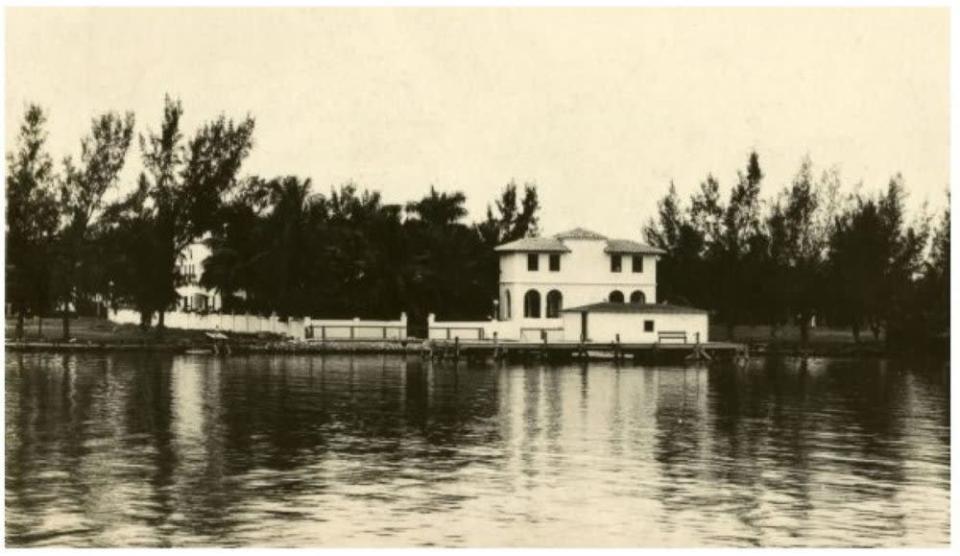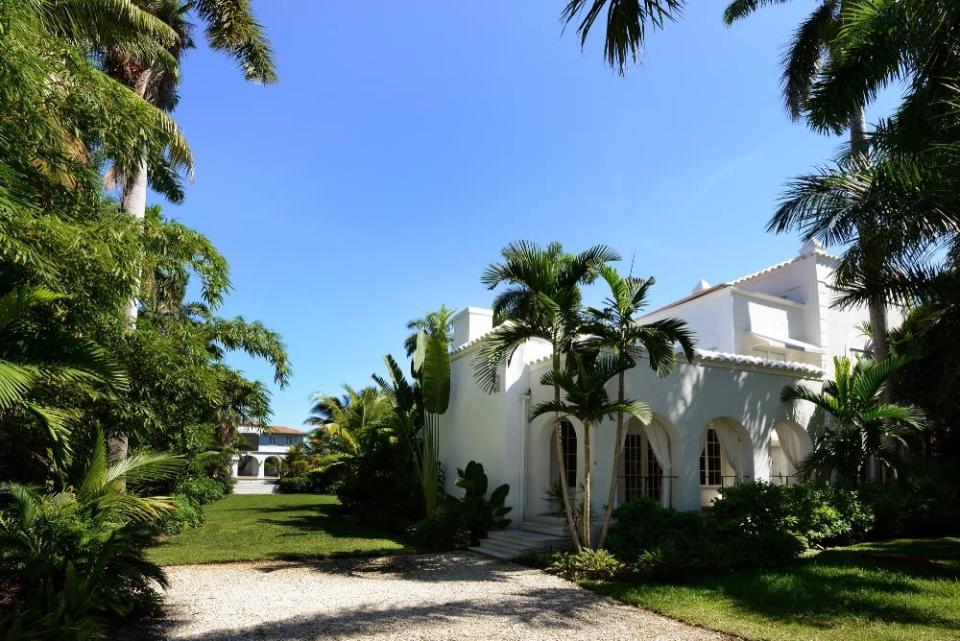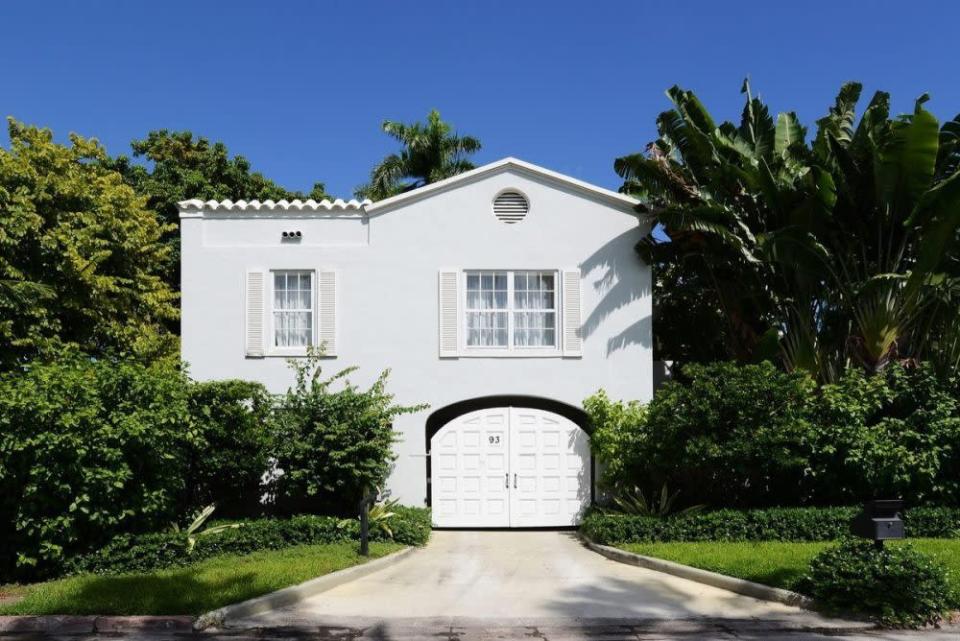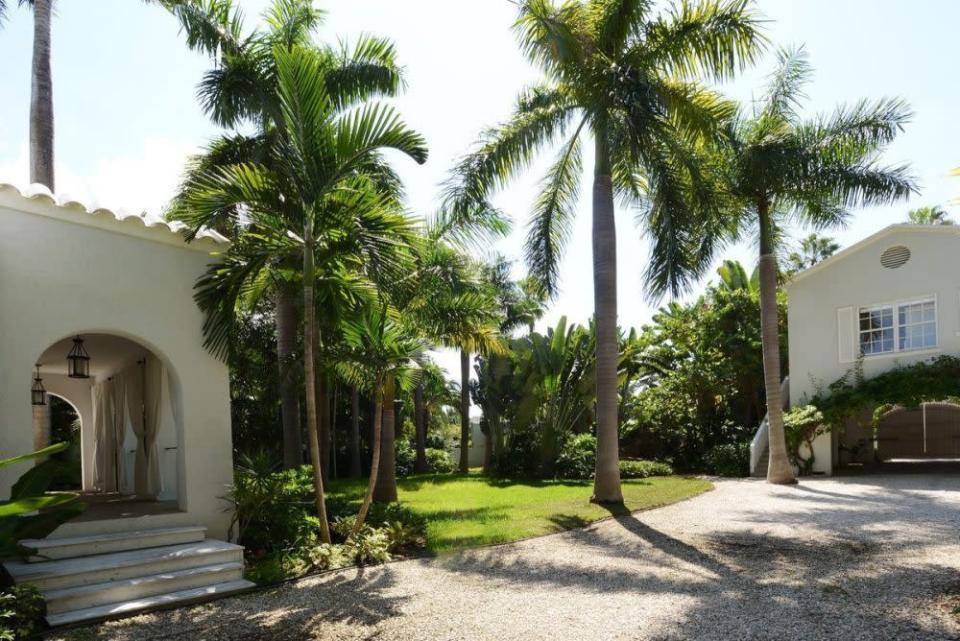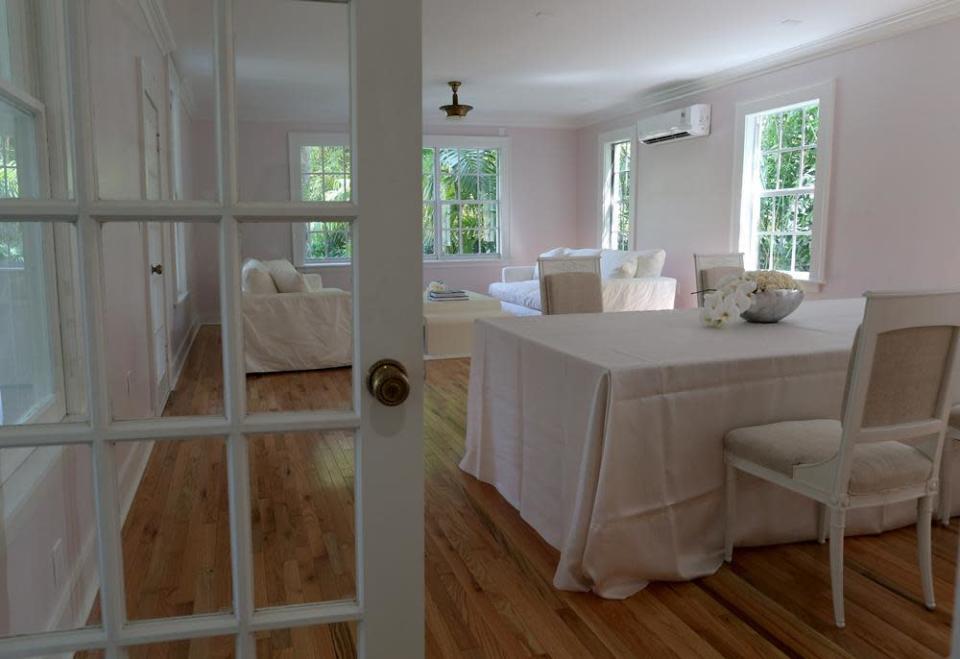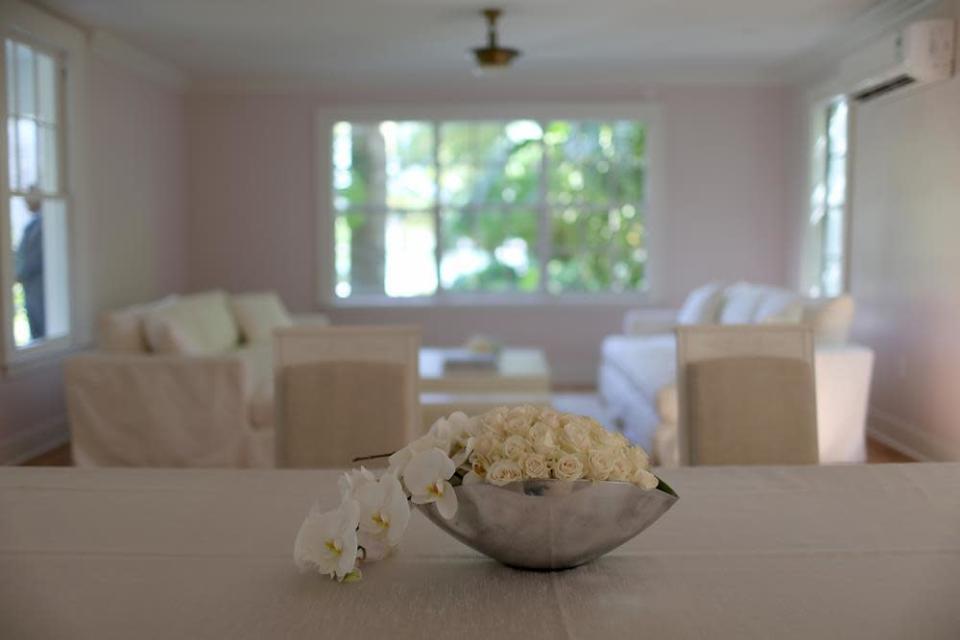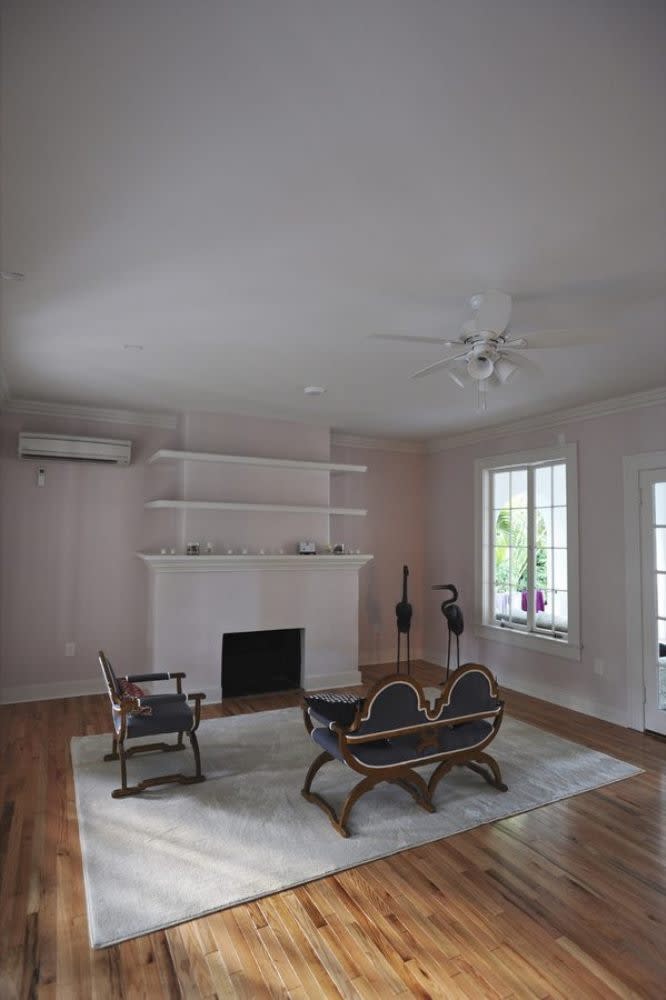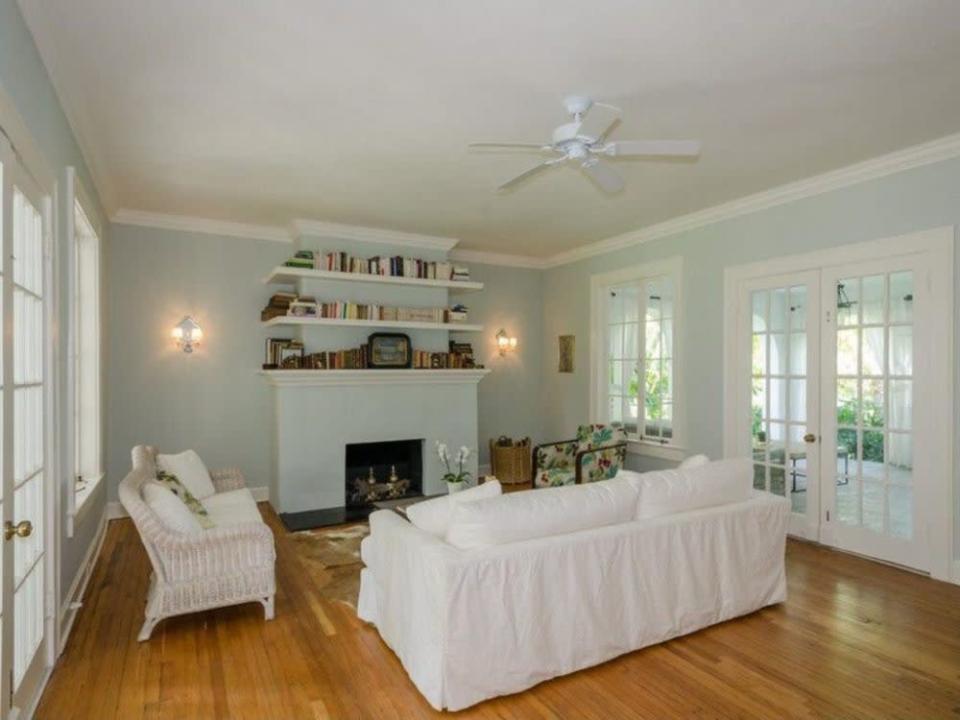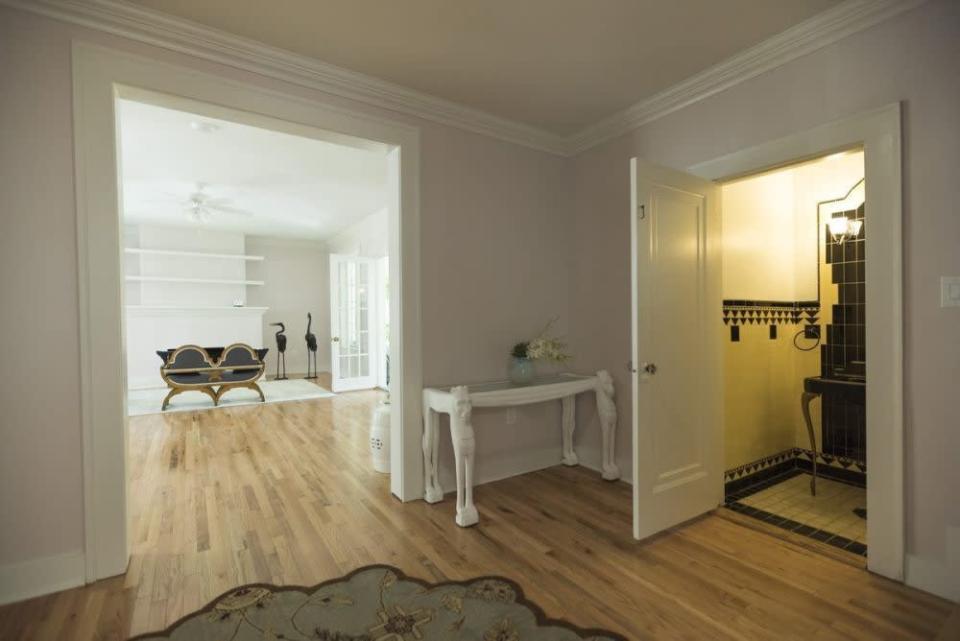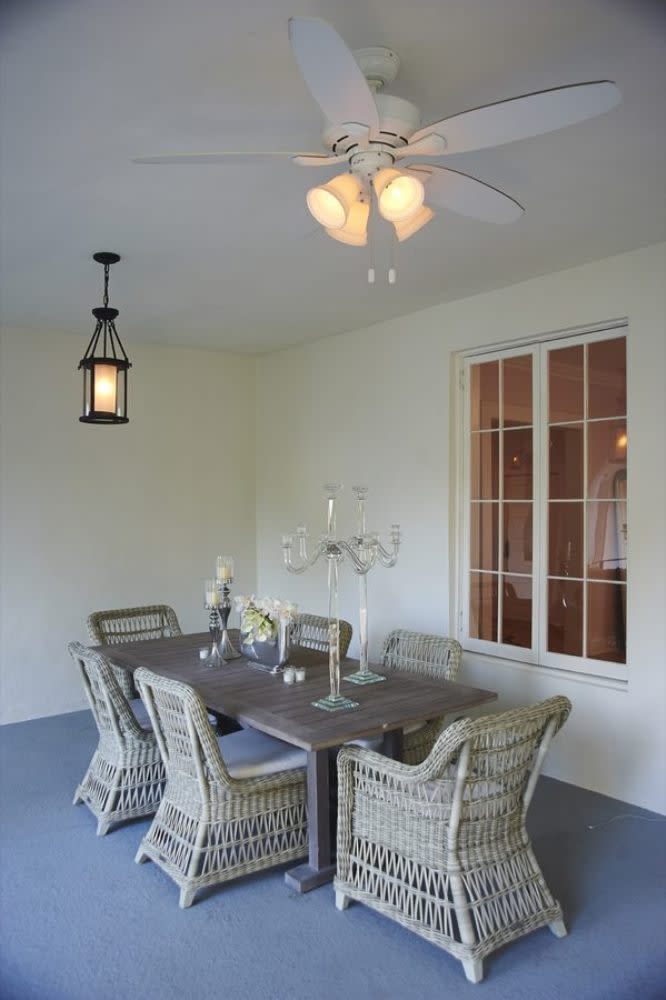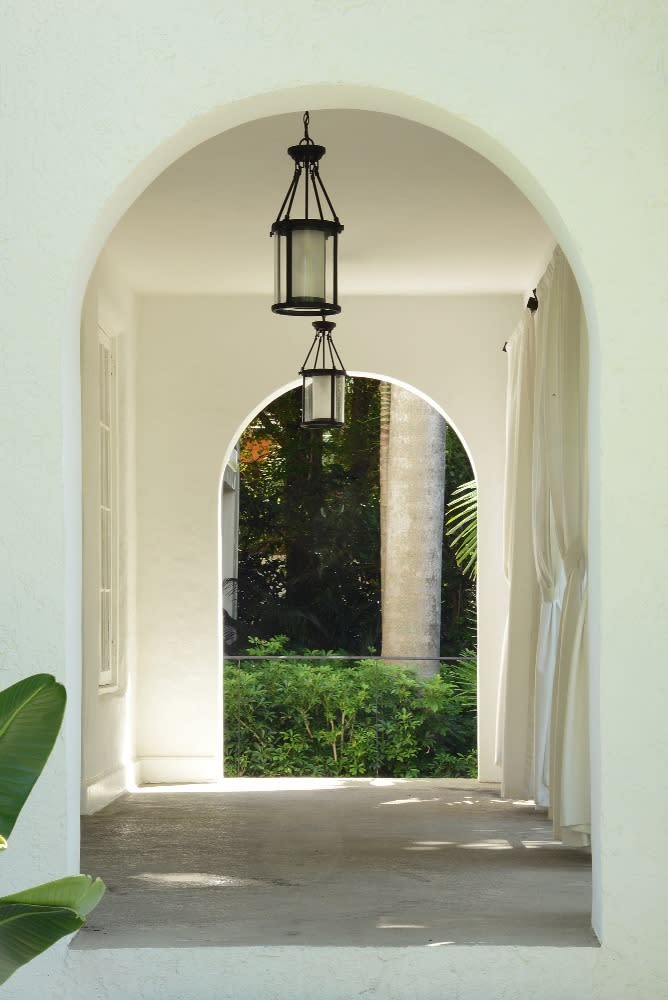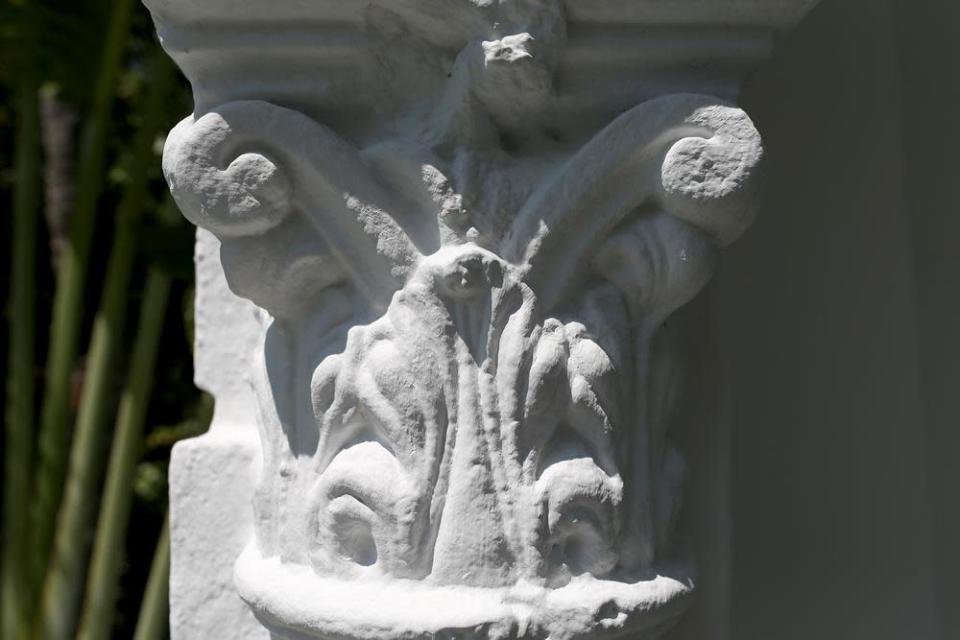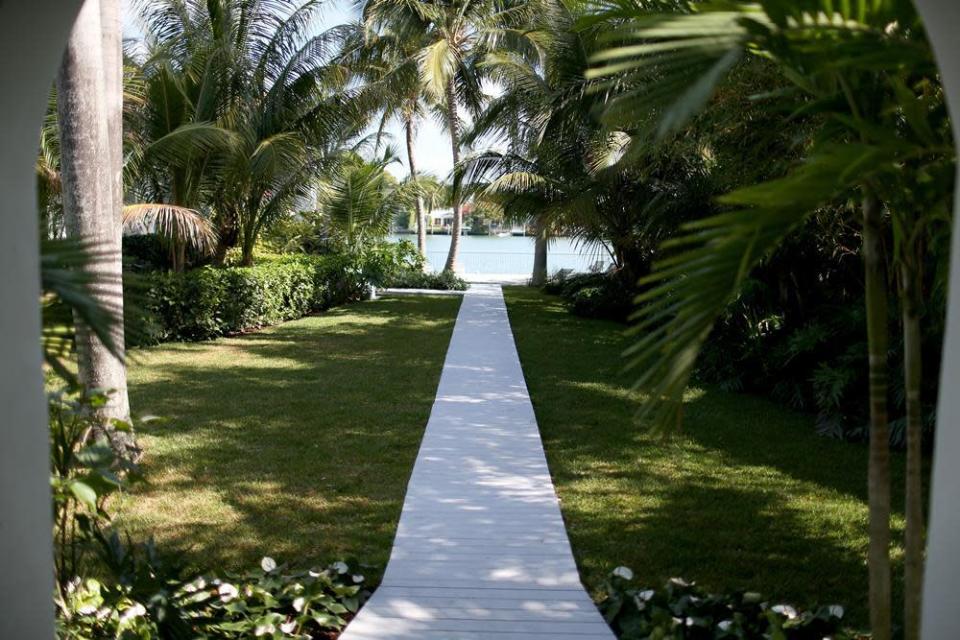Al Capone’s Miami Home, Where He Schemed and Died, Is Ready for Its Close-Up
This Miami mansion may be Al Capone’s most famous home.
The Chicago gangster was rumored to have hideaways all across the Midwest and Florida, but this house on South Beach’s Palm Island was legendary. He reportedly planned the 1929 St. Valentine’s Day Massacre here, and conveniently, he was at home in Miami when the Chicago slaughter went down.
The 6,100-square-foot mansion’s ostentatious size (for the time) and value seemed to prove he was more than his tax returns made him out to be. He did prison time for tax evasion but kept the mansion all the while, and he retired to Palm Island after his release. His wife cared for him here through his years of syphilitic dementia, which left him with the mental capacity of a 12-year-old; he died in the mansion in 1947 of cardiac arrest after a stroke.
Now, the property investment firm that bought it last year has just this autumn completed its renovation work, including restoring parts of the home to its Prohibition-era glory days. The firm, MB America, shared photos with Yahoo Real Estate.
Incredibly, the owners hadn’t known it was Capone’s house, they told us. They didn’t even know who Capone was, as they’d very recently emigrated from Italy.
“We were looking for a property and we found this property, and we didn’t know at first that it was the Al Capone house, but we felt passionately about the flavor of the house,” says Marco Bruzzi, co-founder of MB America. “The look of it, the style of it – the different kind of house than you normally see in Miami.”
They left much of the first floor the same, restoring details like the Art Deco bathroom, lights and Capone-built grotto. The second floor was just finished.
The owners are capitalizing on the home’s storied past to rent it out for events and for video and photo shoots, as well as for movie sets.
Al Capone bought 93 Palm as a family retreat in 1928 for $40,000. It was a bargain for the time—that’s about $550,000 today—because Miami was “fighting and clawing to come back” from a 1926 hurricane that wracked the area, a local history professor told the Miami Herald when it visited the in-progress renovation project earlier this year.
Florida didn’t exactly welcome Capone. The governor told sheriffs to arrest him on sight—and he was frequently taken in on petty charges like vagrancy. The city filed a lawsuit calling his Palm Island home “a menace to the safety and well-being of residents,” according to a PBS documentary.
The authorities couldn’t drive away Capone with their threats that moving to Florida was a mistake he’d pay for – but ultimately, buying such an expensive vacation home may have been. Even though the home was purchased in his wife’s name, it was damning evidence that Capone was making more money than he was reporting to the government.
Tax evasion eventually brought down the crime titan of illegal booze, brothels and gambling. He was sentenced in 1931 to 11 years in prison.
He returned to the Miami house after prison, and spent the rest of his life there.
MB, unfortunately, didn’t find any old historical trinkets lying around the house.
And “we didn’t find his ghost anywhere,” Bruzzi says.
At least there’s the original bathroom. It seems likely Capone washed his hands in that sink at some point.
Also on Yahoo Real Estate:
• The Most Dangerous Cities in America
• Town Tears Down Man’s House While He’s Away for Surgery
• Wife Lists ‘Utterly Crap’ Camper Suitable for ‘Sordid Affairs’ and 'Murdering’ on eBay
